
Reference: RBD-2138
Banner





 Security policy
Security policy
(edit with the Customer Reassurance module)
 Delivery policy
Delivery policy
(edit with the Customer Reassurance module)
 Return policy
Return policy
(edit with the Customer Reassurance module)
RTL SDR is generally completed by two chips, one is called a tuner, and the other is a demodulator. The function of tuner is to amplify, downconvert, filter, etc. the signal of the specified frequency and bandwidth, and send it to the demodulator chip. The demodulator chip first digitizes the signal by A / D sampling, and then performs corresponding arithmetic processing according to the TV system to be received, and outputs information such as video stream, sound, and data broadcasted by the TV station. Because the working frequencies of various systems are different, in order to make the chip manufacturer able to put it into production many times and use it for a long time, they will design the tuner chip to cover a wide frequency band and set different receiving bandwidths. Then, according to user needs and government radio regulations, certain frequency bands are turned on in different products, and certain frequency bands are disabled. RoboticsBD
If the tuner is cracked, then there is a way to enable the receiving capability of all its frequency bands, including receiving aircraft signals at 1090MHz. The demodulator in the TV stick cannot of course demodulate the signal transmitted by the aircraft, but the demodulator performs A / D sampling on the signal sent by the tuner. This sampling function is necessary to demodulate any signal, and of course it can also be used to Demodulate the signals emitted by the aircraft. By cracking the RTL SDR driver, the signal of the tuner is digitized by the stripper for A / D sampling and then sent directly to the computer through the USB interface, so that we can process the original tuner signal sampling on the computer, that is, use the computer software to demodulate Tasks. The above method of demodulating communication signals using computer software is the so-called "Software Defined Radio" (SDR). In fact, the research and development of software radio technology has a history of several decades, originally originated from the multi-standard radio project of the US military. At present, software radio technology is widely used in the mobile communication systems that we use daily. For example, the signal processing in base stations is largely completed by programmable FPGA and DSP. Tuning method (except for a few modules with a large amount of computation and high real-time requirements, such as turbo decoders, spread-spectrum correlators, etc., these modules often embed some highly customized "hard" cores in the baseband processor to implement) Later, these foreigners developed a lot of USB peripherals based on this chip, which are specially used to play SDR, collectively called: RTL-SDR DONGLES. Featured By RoboticsBD.
Product Images are shown for illustrative purposes only and may differ from the actual product.
RoboticsBD RoboticsBD RoboticsBD RoboticsBD RoboticsBD RoboticsBD RoboticsBD RoboticsBD RoboticsBD RoboticsBD
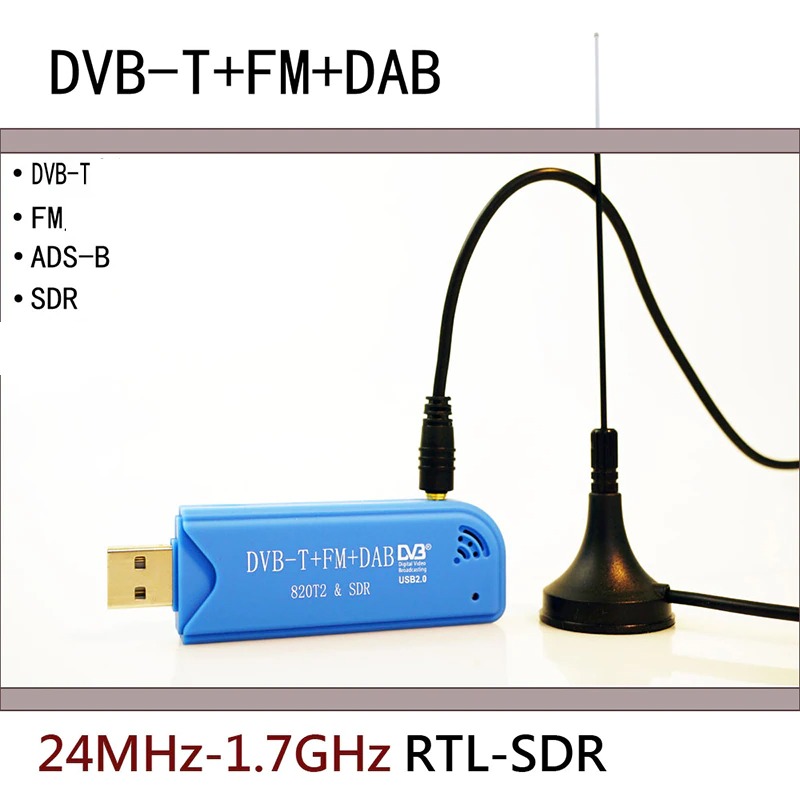
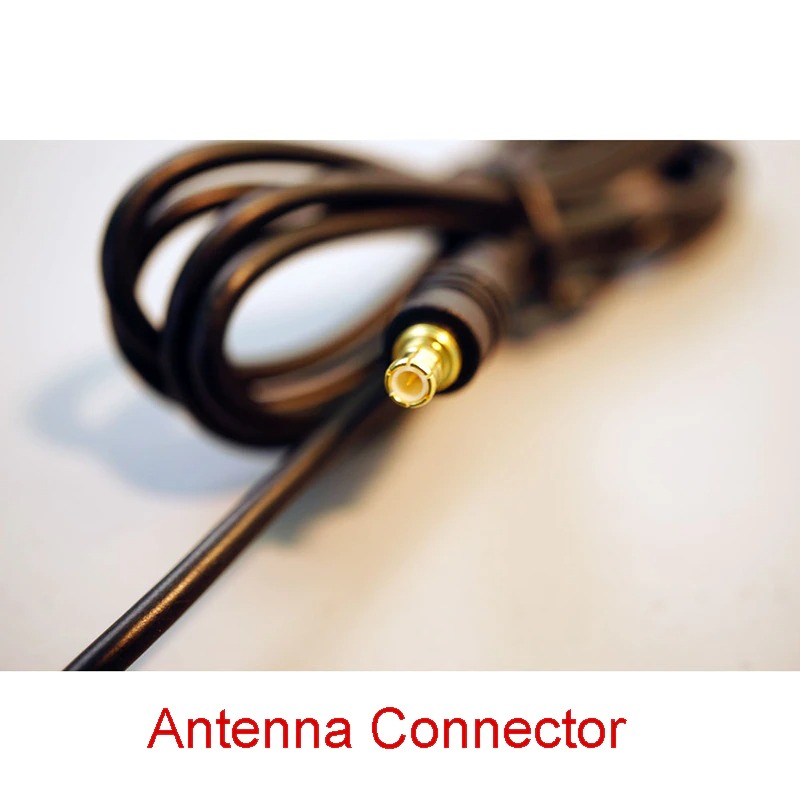
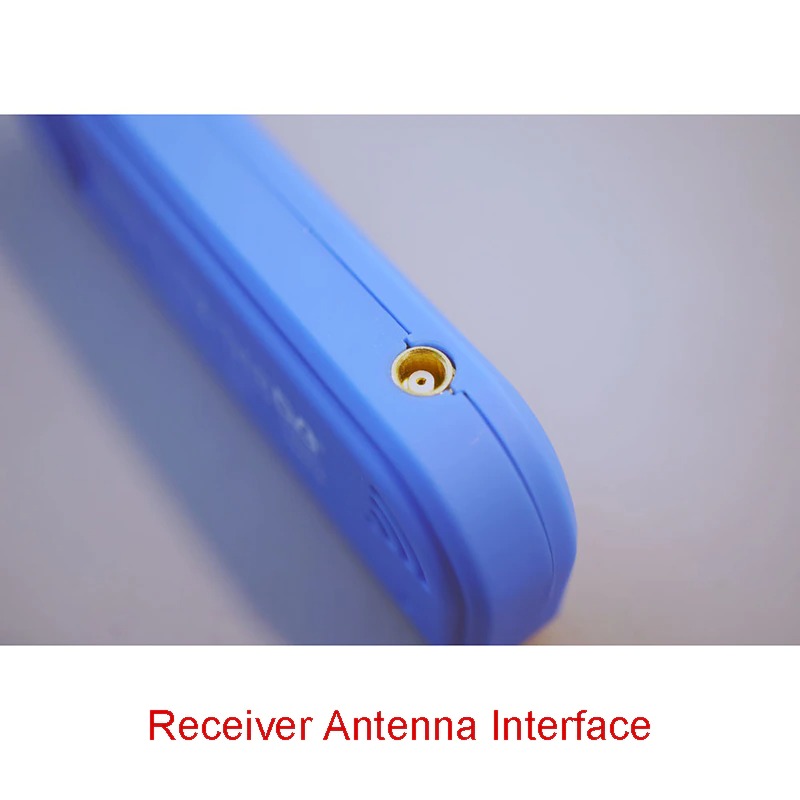
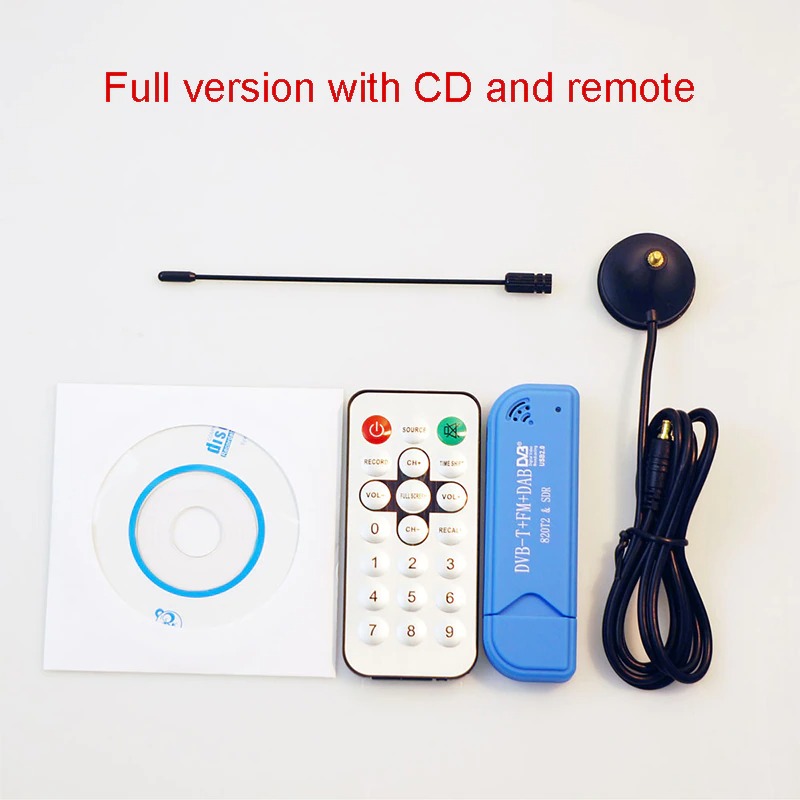
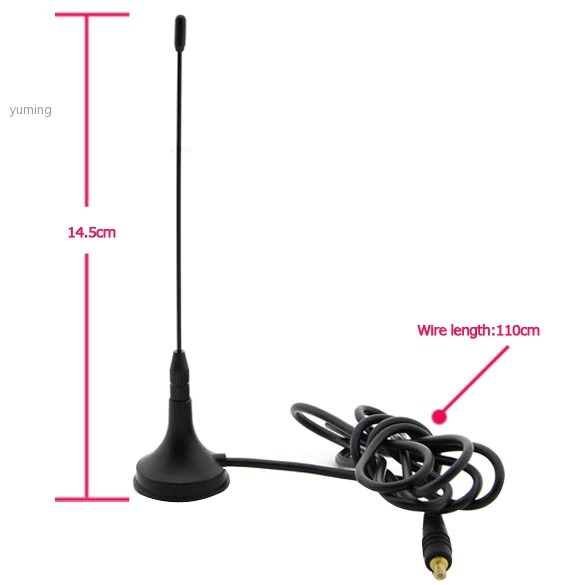
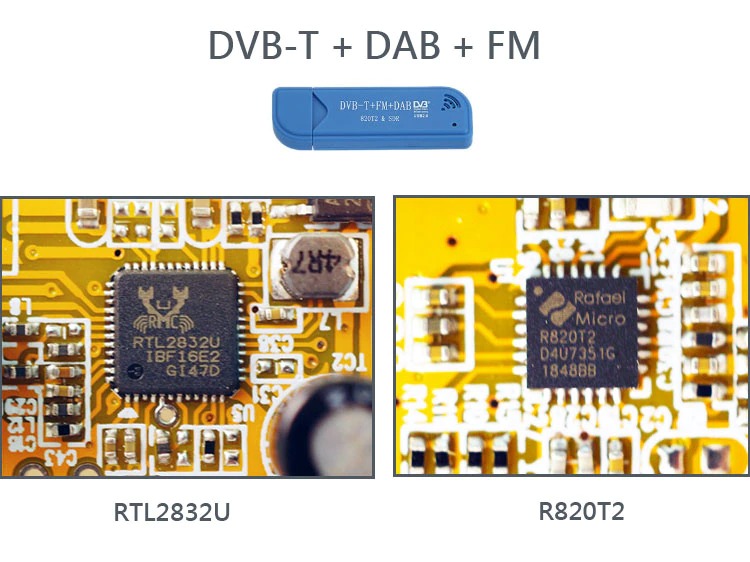
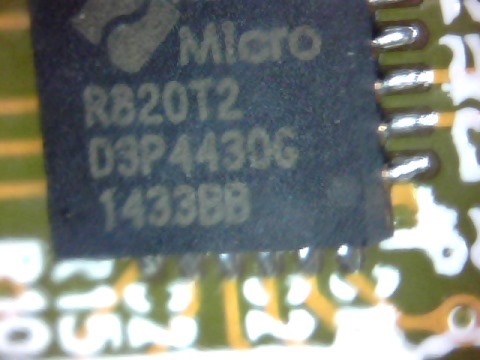
The T2 has different intermediate frequency filters allowing for wider IF bandwidths and apparently slightly better sensitivity (a few dB lower noise floor?). For rtl-sdr dongles this difference in IF filter bandwidth usually doesn't matter much since all of them are larger than the RTL2832U's debug/SDR mode bandwidth of ~3 MHz But there are certain situations where a larger tuner bandwidth is advantageous: such as when using Jowett's HF tuning mod.
The DVB-T dongles is based on the Realtek RTL2832U and can be used as a cheap SDR, since the chip allows transferring the raw I/Q samples to the host, which is officially used for DAB/DAB+/FM demodulation. The possibility of this has been discovered by Eric Fry (History and Discovery of RTLSDR). (With the necessary software and antenna you could listen to the following frequencies 48.25-863.25 Mhz.
Officially the RTL dongle documentation only specify the frequency range "48.25-863.25 MHz" but the one's I have tested do work from about 24MHz to 1766MHz with a dead spot just above 1.2Ghz
If you want to no more how to configer and install the RTL dongle read more on the blog http://zr6aic.blogspot.com/search/label/RTL2832U and http://zr6aic.blogspot.com/search/label/rtl_tcp
To see this RTL dongle in action go to this webSDR at http://zr6aic.giga.co.za:8901 the 2m band is using RTL dongle.
It has an MCX antenna connector, which is not really popular so you will need adapter if you want to connect to external antenna.
Windows SDR# software is available here
This image show the difference in sensitivity and filter. RoboticsBD
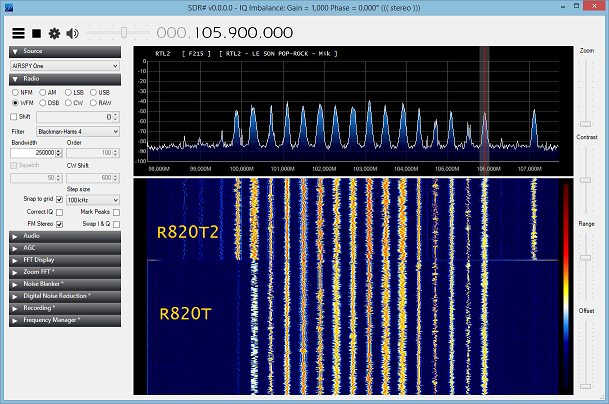
Linux Quisk software.
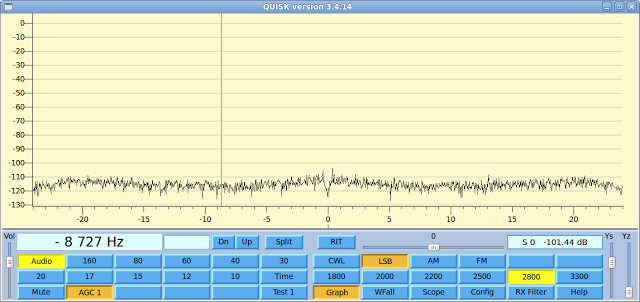
Quisk is available here
Click on Youtube video below to see the RTL dongle in action
Installation instructions here.
DVB-T + DAB + FM RTL2832U + R820T2 Support SDR Tuner Receiver Mini Portable Digital
RoboticsBD RoboticsBD RoboticsBD RoboticsBD RoboticsBD RoboticsBD RoboticsBD RoboticsBD RoboticsBD RoboticsBD
| General Specification | |
| Shipment Weight | 0.055 kg |
| Shipment Dimensions | 18 × 18 × 6 cm |
Please allow 5% measuring deviation due to manual measurement.
RoboticsBD RoboticsBD RoboticsBD RoboticsBD RoboticsBD RoboticsBD RoboticsBD RoboticsBD RoboticsBD RoboticsBD
1 x Software Radio RTL2832U + R820T2 RTL-SDR ADS-B DVB-T DAB SDR Receiver.
RoboticsBD RoboticsBD RoboticsBD RoboticsBD RoboticsBD RoboticsBD RoboticsBD RoboticsBD RoboticsBD RoboticsBD
RoboticsBD RoboticsBD RoboticsBD RoboticsBD RoboticsBD RoboticsBD RoboticsBD RoboticsBD RoboticsBD RoboticsBD
Specific References
Your review appreciation cannot be sent
Report comment
Report sent
Your report cannot be sent
Write your review
Review sent
Your review cannot be sent
Reference: RBD-2138
Reference: RBD-2685
Reference: RBD-1138
Reference: RBD-1641
Reference: RBD-1671
Reference: RBD-2327
Brand: DFRobot
Reference: RBD-1640
Reference: RBD-1407
Reference: RBD-2765
Reference: RBD-2393
Brand: Raspberry Pi Official
Reference: RBD-2367
Reference: RBD-1016
Reference: RBD-1558
Reference: RBD-2271
Reference: RBD-1578
Reference: RBD-0960
Reference: RBD-0196
Brand: DFRobot
Reference: RBD-0237

check_circle
check_circle